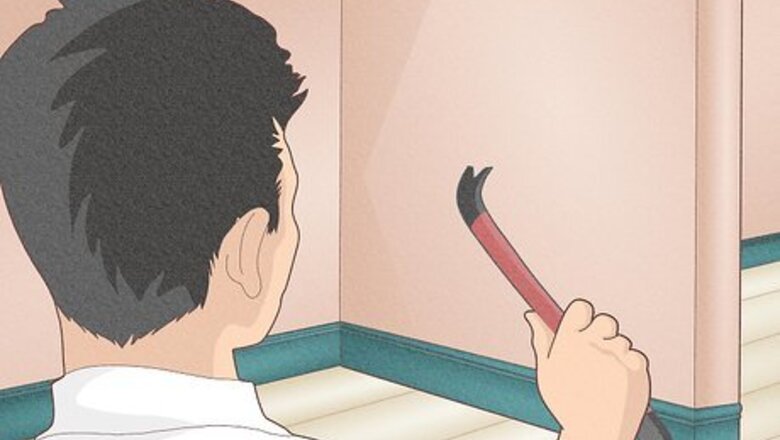
views
Can I remove a wall myself?
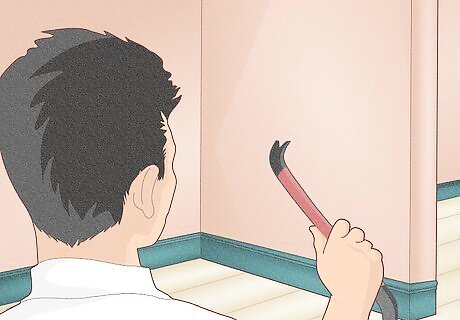
Yes you can, as long as it isn’t load-bearing. Hiring professionals can be costly, even for simple demolition. If you’re doing a DIY project and you want to cut costs, removing a wall yourself is a great way to do so. Just make sure you’re working safely to prevent damage to your home. If the wall has water pipes inside of it, you’ll also need to hire a professional. Removing plumbing is difficult, and you don’t want to accidentally cut into any pipes.
How can you tell if a wall is load-bearing?
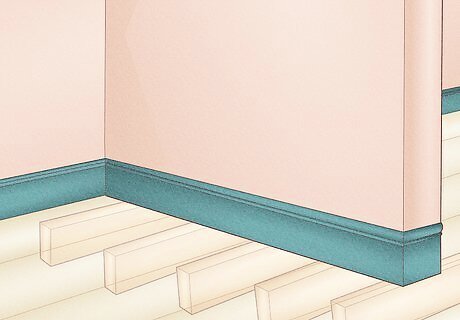
If the wall is perpendicular to the floor joists, it’s load-bearing. A joist is a long beam of wood that’s used to hold up your floors. You can usually see floor joists in the basement, crawl space, or attic. If the wall is perpendicular to the joists, that means it’s most likely load-bearing. If the wall is parallel to the joists, it’s most likely not load-bearing. If you aren’t sure whether the wall is load-bearing or not, hire a professional to come in and take a look. Knocking down a load-bearing wall without support is dangerous, so it’s better to be safe than sorry.
Do I need to hire a structural engineer for a load-bearing wall?
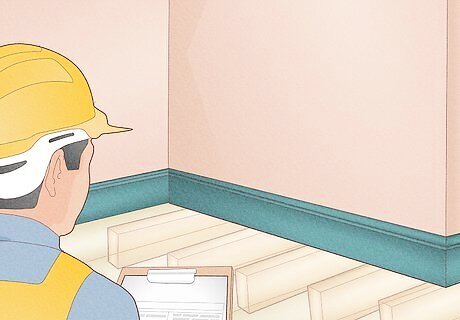
Yes, you do. Removing a load-bearing wall is more complicated than a non-load-bearing one. You’ll need to add a support beam and a temporary wall to make sure your house stays upright during the process. Look online for a structural engineer to come and assess your home to make sure you’re doing everything correctly and safely. Depending on where you live, you may also need a permit from your city to remove a load-bearing wall.
How do you prepare to remove a wall?
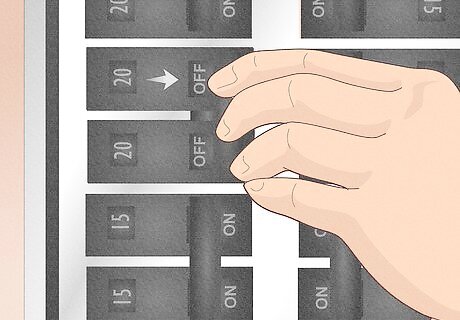
Turn off the power to any electrical items in the wall. This includes light switches and electrical outlets. If there are electrical outlets in the wall you’re removing, keep in mind that you’ll have to disconnect the wire from the outlet as you remove the wall.
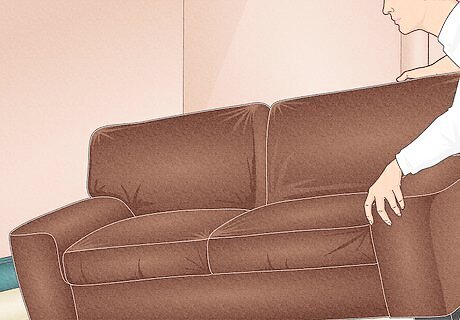
Empty out the room and cover furniture with plastic. Removing walls creates a ton of dust, and it’s probably going to get everywhere. Before you start, move as many things as you can away from the wall, and cover up anything that’s too big to move with a plastic tarp.

Put on work gloves, boots, and a breathing mask. Taking out a wall creates a lot of dust, and it’s not great to breathe it in. Before you start, put on long pants, long sleeves, eye protection, and a breathing mask to protect yourself.
What’s the best way to remove drywall or plaster?

Cut the wall with a reciprocating saw. It’s a small electrical saw that will cut through drywall or plaster easily. Use your saw to cut a square into the wall, leaving about 2 ft (0.61 m) around the edge. Be careful not to cut any of the electrical or wiring inside of the wall as you go.

Rip out the wall with a hammer. Once you have a hole exposed, you can peek into the wall and see what’s there. If there aren’t any obstacles, grab a hammer and use it to gently pull the drywall and any other wood off the wall. Do this on both sides to expose the wooden beams inside. If there are electrical outlets in the wall, remove the electrical box behind the outlet and disconnect the electrical wire from the box. You can hire an electrician to reroute the wire somewhere else in your home.
What’s the best way to remove wooden paneling?
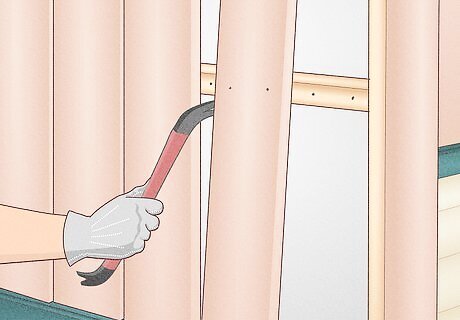
Pry it off with a crowbar. Wood paneling is usually attached to the studs with small nails. Gently insert your crowbar in between the paneling and the studs, then pry it off the wall. It won’t take you long, and it’s much less messy than dealing with drywall and plaster.
How do you remove the wall studs and the floor plate?

Saw into the upright studs with a reciprocating saw. Go through the center of each stud and cut them all in half. Then, pull each piece of the stud out of the wall and dispose of it.
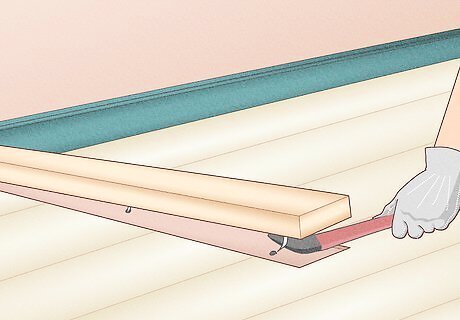
Pry up the floor plate with a crowbar. Usually, floor plates are just nailed into the floor. Slide a crowbar underneath the wood and gently pry it up until you can take it off. Wear work gloves and watch out for nails.
How do you patch the ceiling?
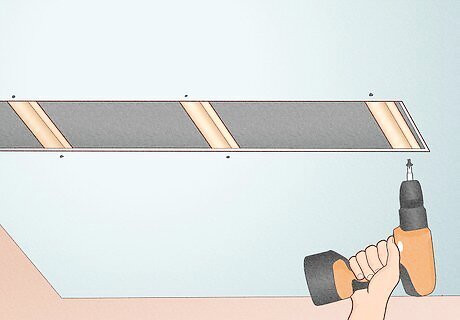
Screw thin strips of wood on the exposed ceiling. 2 x 2s or 1 x 2s work just fine for this job. Place the strips of wood across the newly created hole 12 to 16 inches (30 to 41 cm) apart until they cover the entire area. Hold them in place and use a drill to insert a screw into the existing ceiling on each end of the wooden strips.
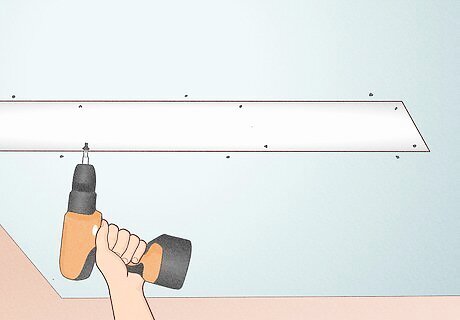
Secure a piece of drywall to the ceiling. Cut a piece of drywall that’s ⁄4 in (0.64 cm) smaller than the exposed ceiling. Put it over the wooden strips and attach it to the existing ceiling with drywall screws.
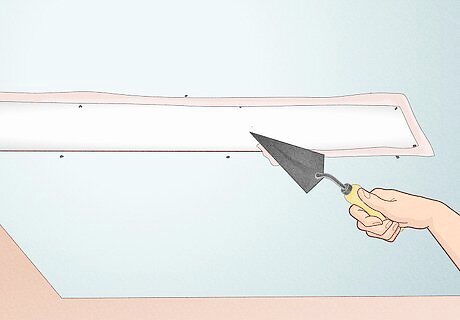
Add drywall mud to the edge of the new drywall. Use a trowel to spread drywall mud over the new sheet of drywall to fill in the gaps around the edge. Once the mud is dry (it usually takes about 1 day), use sandpaper to sand the mud down until it’s flush with the rest of the ceiling. You might have to do this step a few times to get a seamless match.
How do you patch the floor?
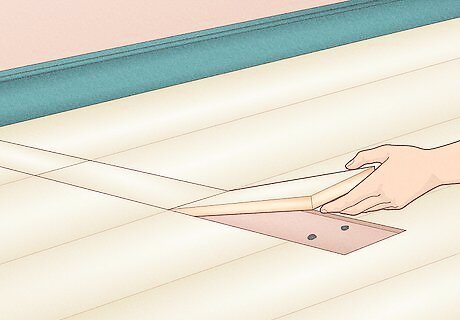
Put down a new piece of flooring. If your existing floor is carpet or linoleum, you can simply cut out a new piece and install it in the open area. If your floor is hardwood or tile, hire a professional to match your existing flooring and cover the exposed area.




















Comments
0 comment